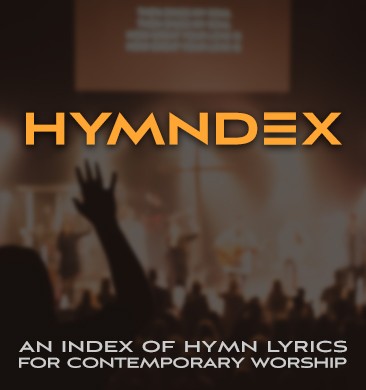Thom S. Rainer writes that churches with fewer than 250 in average worship attendance, known as “standard churches,” account for an astonishing 92 percent of all churches in the United States. Given their prevalence, it is crucial to understand the important trends and developments that directly impact these congregations.
Migration to Neighborhood and Rural Churches
The post-quarantine era has introduced a greater desire for people to avoid long commutes and travel less for activities. Additionally, many have moved to smaller towns and rural areas seeking a quieter life. This presents a significant opportunity for standard churches to reach both new residents and those willing to attend a smaller church.
Larger Churches Growing by Getting Smaller
The multisite movement has dramatically shifted church practices over the past 20 years. The largest churches in America have grown by increasing their number of sites rather than expanding at a single location. Leaders of these churches recognize that growth must be horizontal rather than vertical, as attendees prefer smaller congregations or gatherings.
The Power of One Person in a Standard Church
Encouraging stories have emerged of one or a few people leading substantial changes in a congregation. A recent comment from a reader highlighted the impact of prayer and renewed zeal for God’s calling, resulting in increased visitors and a commitment to knocking on doors and inviting people to church.
Opportunities for Education and Training
Standard churches now have access to digital resources that provide education and training for their members. In the past, these churches had to hire people from outside the church if they wanted someone with theological training. Options like Church Answers University have made it possible for standard churches to train their own members.
The Return of Evangelism
Many standard churches are reaching and will continue to reach people with the gospel as leaders and members respond in obedience to the Great Commission. Evangelism is not limited to larger churches; it is a command for all churches and all Christians.
While some may see only problems with many standard churches, there is an abundance of hope and promise. God is not done with these churches or their members.





